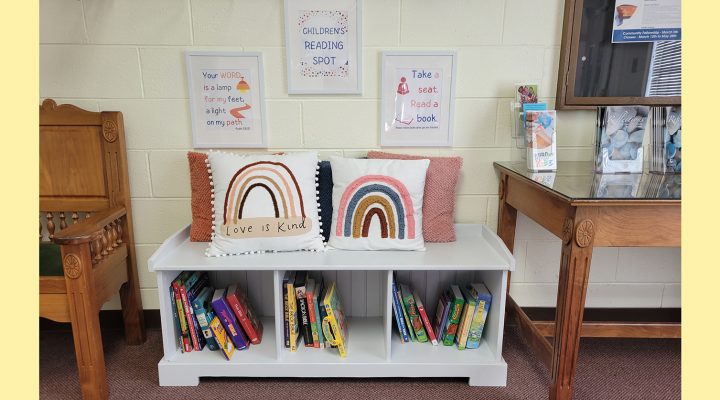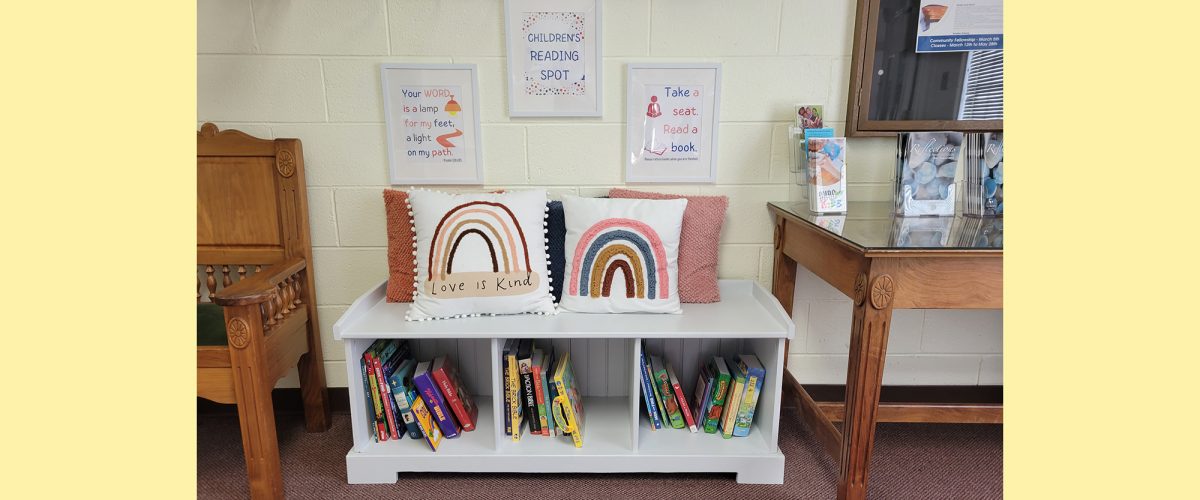It’s Sunday morning, after the morning worship service. Parents trickle to the nursery to pick up their children. Parents begin to talk and fellowship as children run in circles and tug on legs and shirts to leave.
It’s Wednesday night. Parents arrive early to prepare their classrooms for the evening activities. Their children pull out supplies that are not needed and clutter the room before the official activities begin.
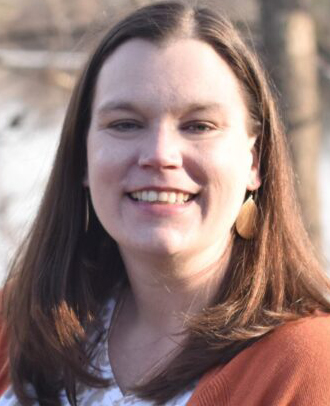
Sarah Boberg
As a minister and mother, the above scenarios are all too real. As a mother, I wanted space for my children to play. As a minister, I wanted parents and children to linger with ease after worship, activities and meetings, knowing it is in this lingering that faith friendships are cultivated.
This is where the idea of activity spaces began.
Too often we plan church ministries and programs to fit into our prescribed schedules and confined to a specified classroom space. However, as an educator, I teach the importance and value of what is learned outside the classroom and scheduled lessons.
I wanted to incorporate this philosophy into the context of our ministry at Ox Hill Baptist Church. So, I started thinking, praying, visioning and scrolling the internet for possible supplies.
Three things came from this:
- Creative Activity Wall
- Movement Wall
- Reading Spot
These practical applications have multiplied our ministry outside the programmed times and spaces.
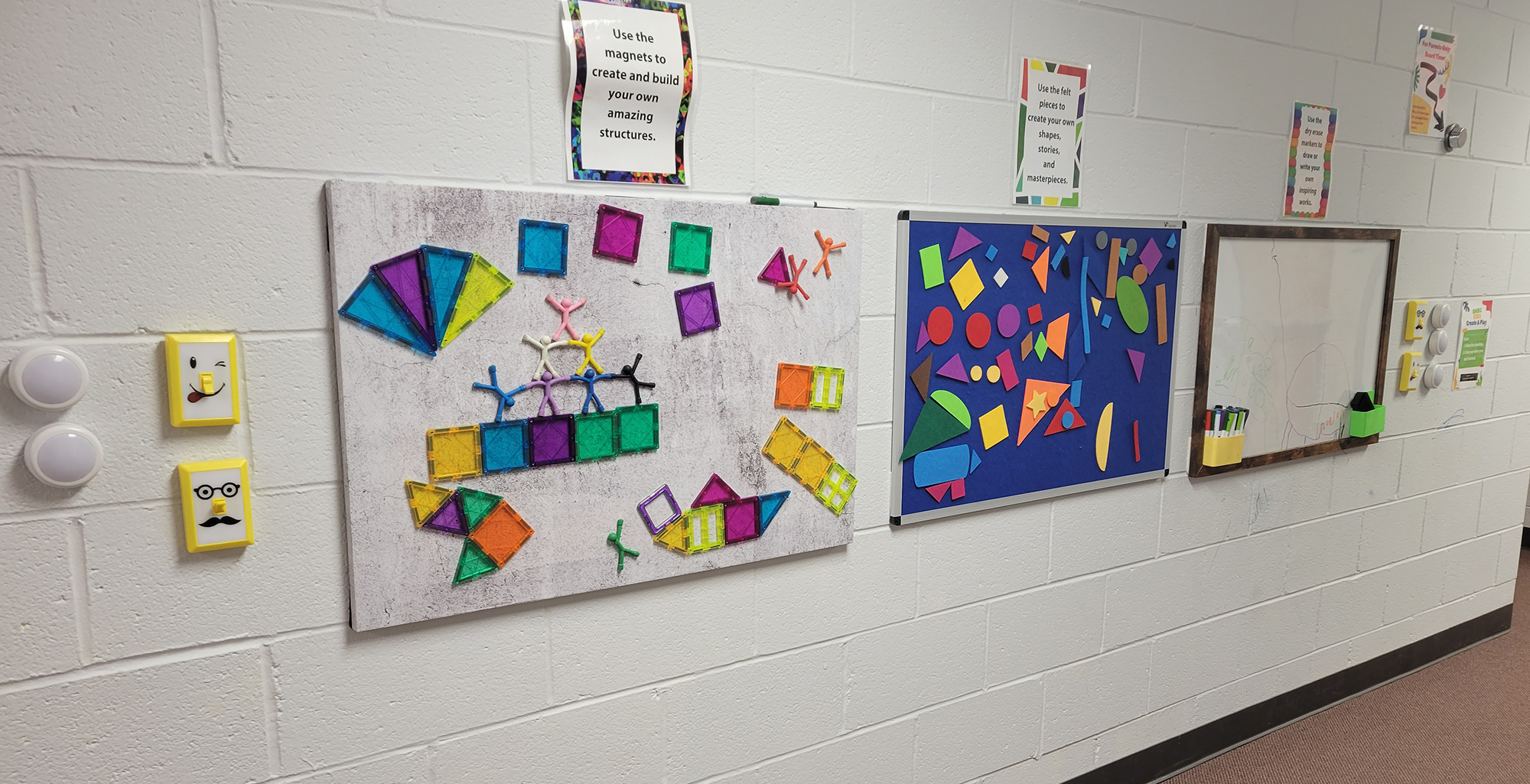
The Creative Activity Wall includes a dry-erase board with markers, a felt board with shapes, a magnet board with magnets, and multiple push lights. It is located in the nursery and preschool hallway, adjacent to my office. This space allows parents to talk and children to create.
Because it is outside my office, I am often close by and have more opportunities to talk and fellowship with parents and children. The proximity to my office also allows me to keep an eye on things and restock supplies when needed.
Throughout the year, I switch out certain supplies. During Advent and Lent, I change the felt shapes to characters and pieces of the nativity and/or resurrection story. Magnets are switched out to provide new creative opportunities. And dry-erase markers are re-stocked often.
The educational and ministry goals of this wall are twofold:
- To allow space for children to play while offering freedom for adults to talk, fellowship and nurture relationships.
- To encourage children to embrace the creative parts of themselves and know creative energy is welcomed and nurtured in sacred spaces.
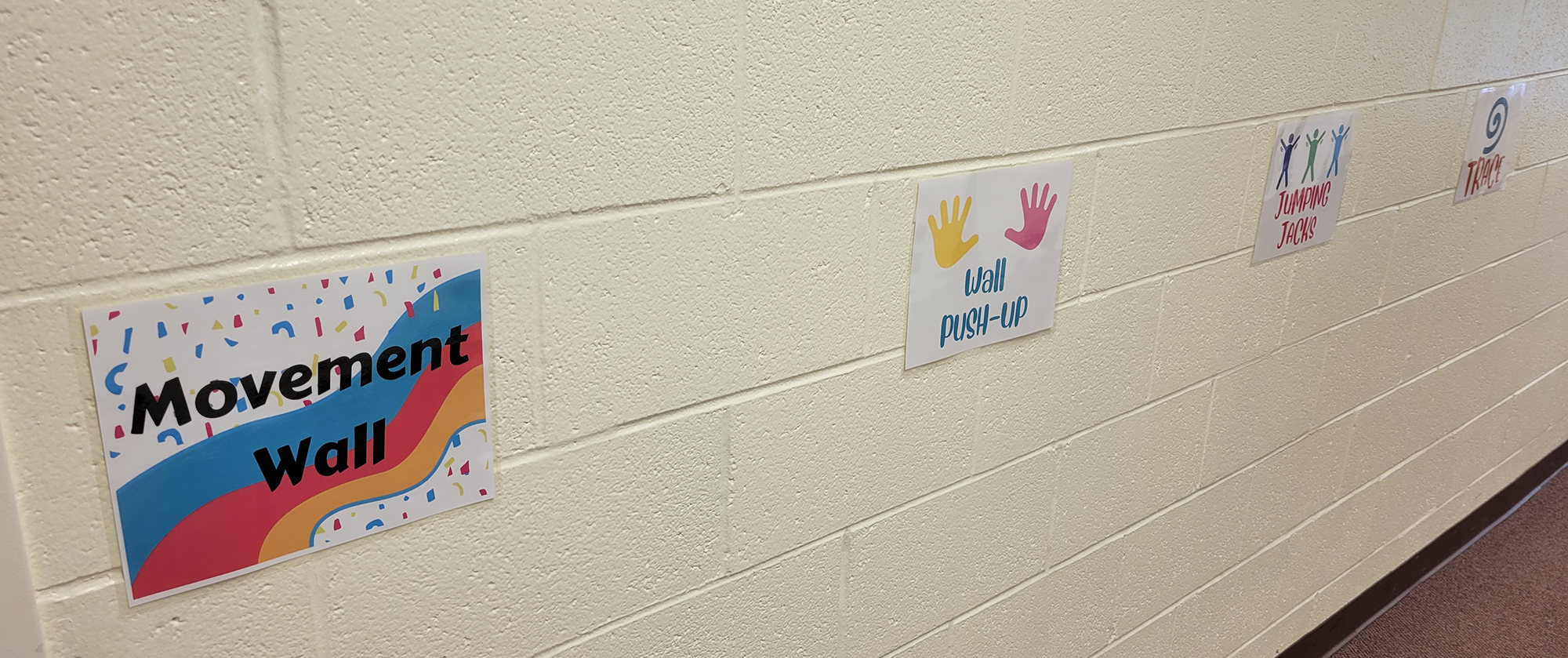
The Movement Wall includes nine actions for children to complete. These include wall push-ups, jumping jacks, tracing, squatting, dancing, freezing, jumping, spinning and breathing.
The movement wall is strategically placed upstairs outside the older children’s Sunday school classrooms. Children meet upstairs for Sunday school and Wednesday night activities. Some arrive early. Some stay late. The prompts were created on Canva, a free online publication software. They were printed, laminated and posted on the wall at a child-friendly height. These movements can be switched out easily to provide continued engagement.
The educational and ministry goals of this wall are:
- To provide a fun activity for children that requires no prep and no extra space.
- To give permission and encourage the “embodiment” of our faith. This activity allows children to express the movement of the body created by God to move and play. The engagement of our bodies often is ignored or overlooked within ministry. This movement wall allows children to connect their bodies with their faith, just by inviting movement within the space dedicated to faith development.
- To encourage movement and energy. Too often the educational ministry of our churches lacks kinetic learning opportunities. Also, too often children are encouraged to “be quiet” and “be still” in church settings. This activity affirms an active faith, an engaging and fun faith, a faith full of excitement and energy.
The Reading Spot is a small bench adorned with pillows and stocked with faith-based reading materials. It is located outside of the sanctuary, another popular gathering spot.
The spot was created with a free bench on Facebook Marketplace, a few coats of paint, pillows, artwork created on Canva, and intentional faith-based books, some we already had and some that were purchased. The books include story Bibles, narratives, Bible seek and finds. There are books for a variety of developmental stages and books in Spanish because we have a Spanish-speaking congregation in our building.
The educational and ministry goals of this wall are:
- To provide a child-friendly space for children to be children while parents talk before and after services in the sanctuary.
- To introduce children and parents to great resources for faith development and understanding. The books are chosen intentionally. They are books I would suggest for parents and families to have in their own homes. They cover a wide variety of faith topics and needs.
- To provide a space for children outside the sanctuary during worship services. Most worship services are planned for adults. Not all aspects of worship are engaging for children. As a children’s minister and mother, I have experienced standing outside a worship space trying to engage my child as I also am trying to participate in worship. This space allows children to get comfortable and engage with faith resources outside the worship space when they need a break, and it allows parents to be close enough to still listen and even look into the glass doors of the worship space.
To the outsider, these spaces may seem unneeded or just for fun; however, as a minister and educator, I see these spaces as so much more.
One of my philosophies is that everything teaches, not just what we say, print or intentionally try to teach. Everything teaches. These spaces teach others that we value, understand and care for children. These spaces show we understand the specific developmental needs of children. These spaces demonstrate we want to engage children outside the classroom and traditional methods of ministry. These spaces show we encourage fellowship within the faith community. These spaces exhibit we believe faith is part of all the pieces of ourselves, not just in study and worship, but in art, movement, creativity, fellowship and fun.
For minimal cost and effort, the payoff of these spaces has been monumental. They have accomplished their goals — so much so, I had to install a parent timer above the activity because children often do not want to leave.
As churches, we look to Jesus for inspiration and guidance. As a ministry educator, I look to Jesus as the master teacher. Jesus taught outside the specified times, spaces and even audiences of the traditional Jewish faith. I challenge myself to do the same.
These spaces are just one example of trying to teach like Jesus. I encourage you to think outside of the classroom and rejoice in the opportunities that come.
Sarah Boberg serves as program coordinator for the Boundary Spanning Theological Education program and adjunct instructor for Christian education at Campbell University Divinity School in Buies Creek, N.C. She earned a bachelor’s degree in religion and a master of divinity degree from Campbell, she earned a Ph.D. in educational studies at the University of North Carolina at Greensboro. Her dissertation research focused on the call experiences of Baptist women in ministry. She also serves as minister of children at Ox Hill Baptist Church in Chantilly, Va.
Related articles:
BSK seeks input on youth and children’s ministries
I am good! Teaching children they are made in the image of God | Opinion by Grace Sosa
Book to help kids with faith questions turns out to help parents too

